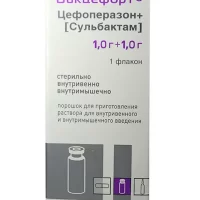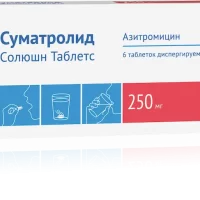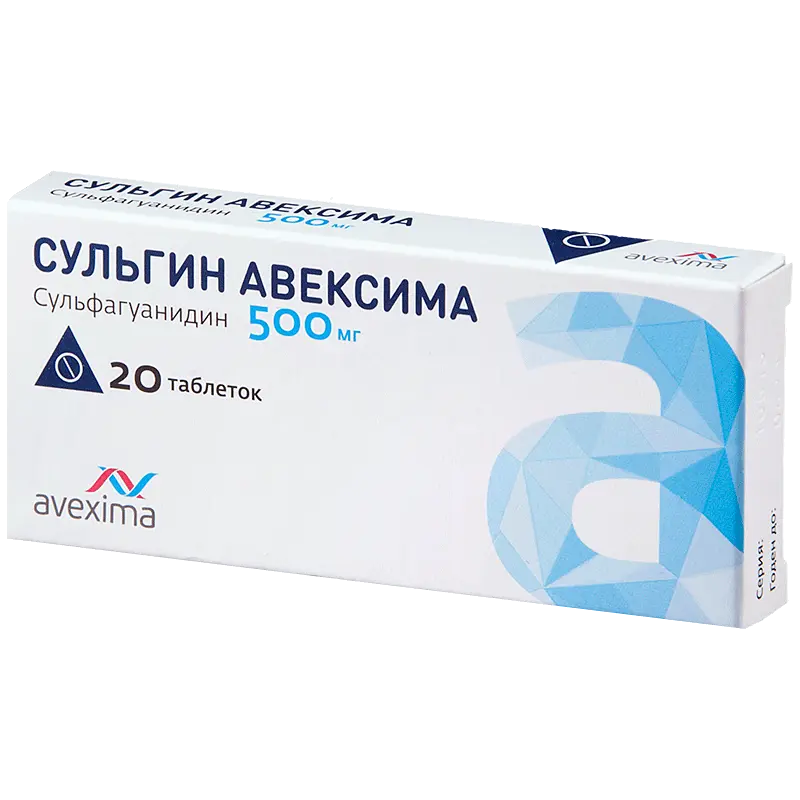Description
Ofloxacin Pharmacodynamics
Ofloxacin is a synthetic broad spectrum antibacterial agent of the group of fluoroquinolones with bactericidal effect. The main mechanism of action of quinolones is specific inhibition of bacterial DNA-gyrase. DNA-gyrase is necessary for replication, transcription, repair and recombination of bacterial DNA. Its inhibition leads to unwinding and destabilization of bacterial DNA and consequently to the death of the microbial cell. It is highly active against most non-negative and non-positive microorganisms. Fluoroquinolones have concentration-dependent bactericidal activity and moderate postantibacterial action. The ratio of AUC to minimum inhibitory concentration (MIC) or the ratio of maximum concentration to MIC is predictive of successful clinical treatment.
Indications
Treatment of infectious and inflammatory diseases caused by Ofloxacin-sensitive microorganisms:
* pyelonephritis and complicated urinary tract infections;
* prostatitis, epididymitis, orchitis;
* pelvic organ infections (as part of combined therapy).
For treatment of the following infections and inflammatory diseases, ofloxacin may be used only as an alternative to other antimicrobial agents:
* skin and soft tissue infections;
* bone and joint infections;
* acute sinusitis;
* exacerbation of chronic bronchitis, community-acquired pneumonia;
* cystitis, uncomplicated urinary tract infections;
* prophylaxis of infections caused by microorganisms sensitive to Ofloxacin in patients with significantly reduced immune status (for example, in neutropenia).
When using Ofloxacin, official national recommendations on the appropriate use of antibacterial agents, as well as the sensitivity of pathogens in a particular region should be taken into account.
Contraindications
* Hypersensitivity to ofloxacin, other quinolones or excipients of the drug.
* Epilepsy.
* Pseudoparalytic myasthenia gravis (see sections “Side effects” and “Special indications”).
* Tendon lesions with a history of fluoroquinolones.
* Childhood and adolescence before 18 years of age (the risk of cartilaginous bone growth zone lesions in a child cannot be completely excluded).
* Pregnancy (the risk of fetal cartilage growth zones damage cannot be completely excluded).
* Lactation (the risk of cartilaginous bone growth zones in the child cannot be completely excluded).
Dosage and administration regimen
- Oral.
- Dosage of Ofloxacin and duration of treatment depend on severity and type of infection, general condition of patient and renal function.
- Adult patients with normal renal function (creatinine clearance over 50 ml/min)
- The drug is prescribed in a daily dose of 400 mg divided into 2 doses (every 12 hours). The daily dose may be increased to 600-800 mg for severe infections or when treating patients with excess body weight.
- In uncomplicated lower urinary tract infections, the drug is prescribed in a dose of 200 mg per day for 3-5 days.
- In gonorrhea, 400 mg is prescribed once.
- A daily dose of up to 400 mg may be prescribed in 1 dose, preferably in the morning. The daily dose of more than 400 mg should be divided into 2 doses at regular intervals.
- Tablets should be swallowed whole with plenty of water. The drug may be taken both before and during meals.
- Simultaneous administration of Ofloxacin together with antacids should be avoided. Special patient groups Elderly patients
- Age of patients does not require correction of the dose of Ofloxacin. However, when using the drug in elderly patients, special attention should be paid to renal function, because in case of its decrease the dosage regimen may need to be adjusted accordingly.
- Patients with liver dysfunction
- It is not recommended to exceed the daily dose of ofloxacin 400 mg in patients with hepatic dysfunction.
- Patients with impaired renal function
- The following dosing regimen, depending on creatinine clearance, is recommended for patients with impaired renal function
- Creatinine clearance Single dose (mg)* Dosing frequency
- 50-20 ml/min 100-200 once daily (every 24 hours)
- < 20 ml/min’ or 100 once daily (every 24 hours)
- Haemodialysis and peritoneal or
- nal dialysis 200 1 time per day (every 48 h)
- As indicated.
- ”It is recommended that serum concentrations ofloxacin be monitored in patients with severe renal dysfunction or in patients on dialysis.
- In cases where creatinine clearance (CK) cannot be determined, it can be calculated from serum creatinine concentrations using the Cockroft formula for adults: for men:
- CK (ml/min) = ” ” Body weight (kg) x (140-age in g°)
- 4 0.814 x serum creatinine (μmol/L)
- or
- CK (ml/min) = Weight (kg) x (140-age in years)
- (72) x serum creatinine (mg/dL)
- For women, CK (mL/min) = 0.85 x male rate





